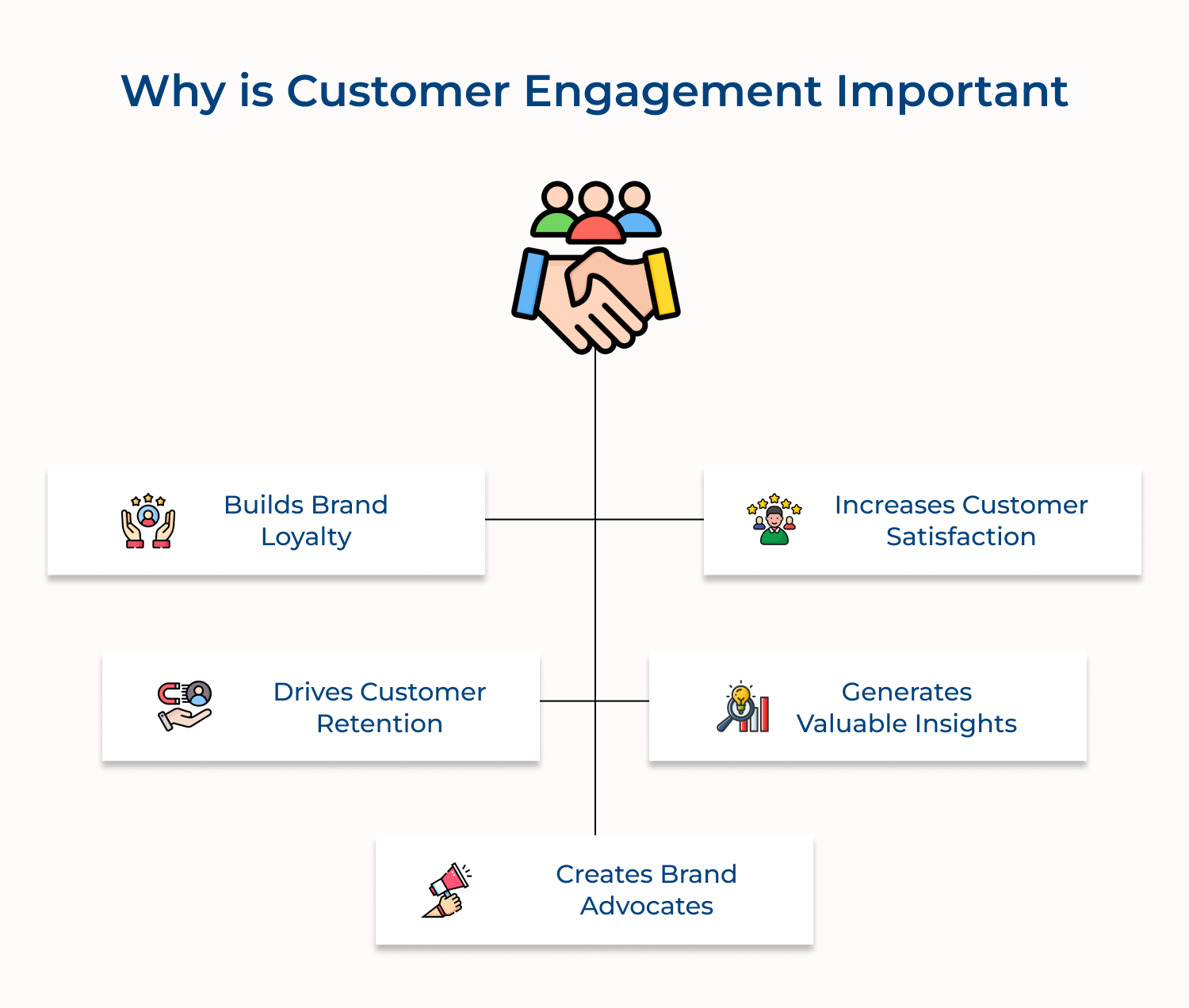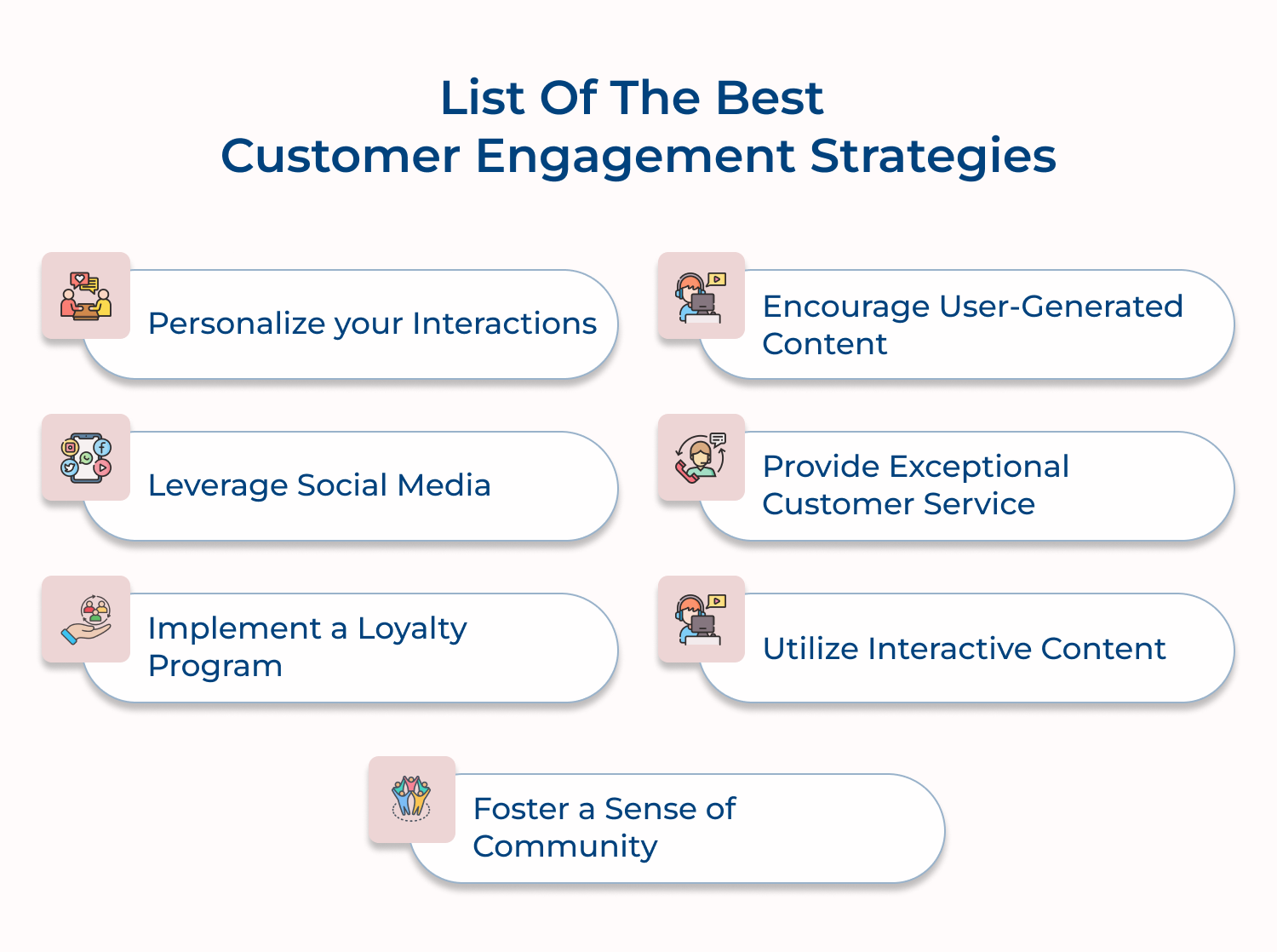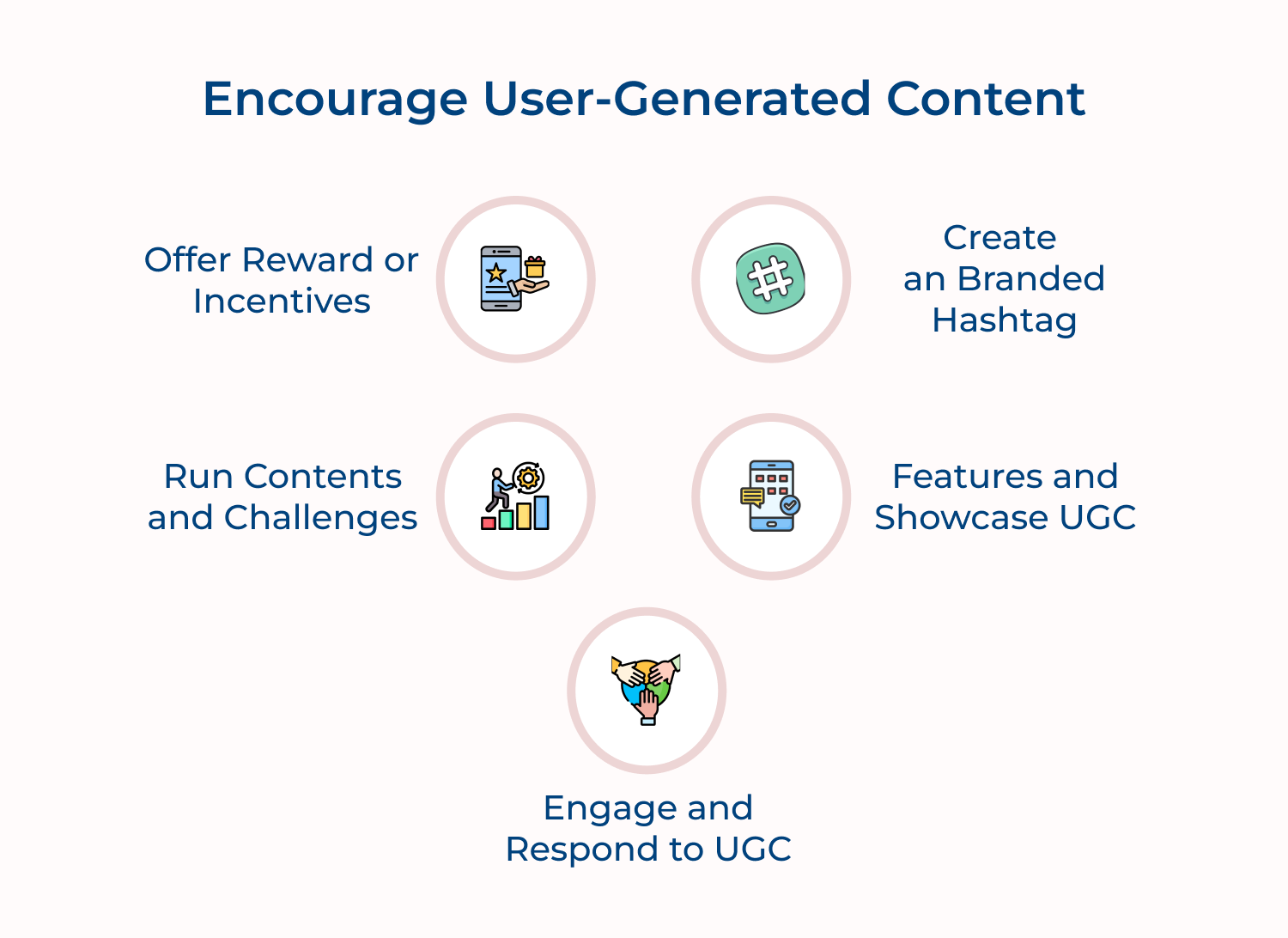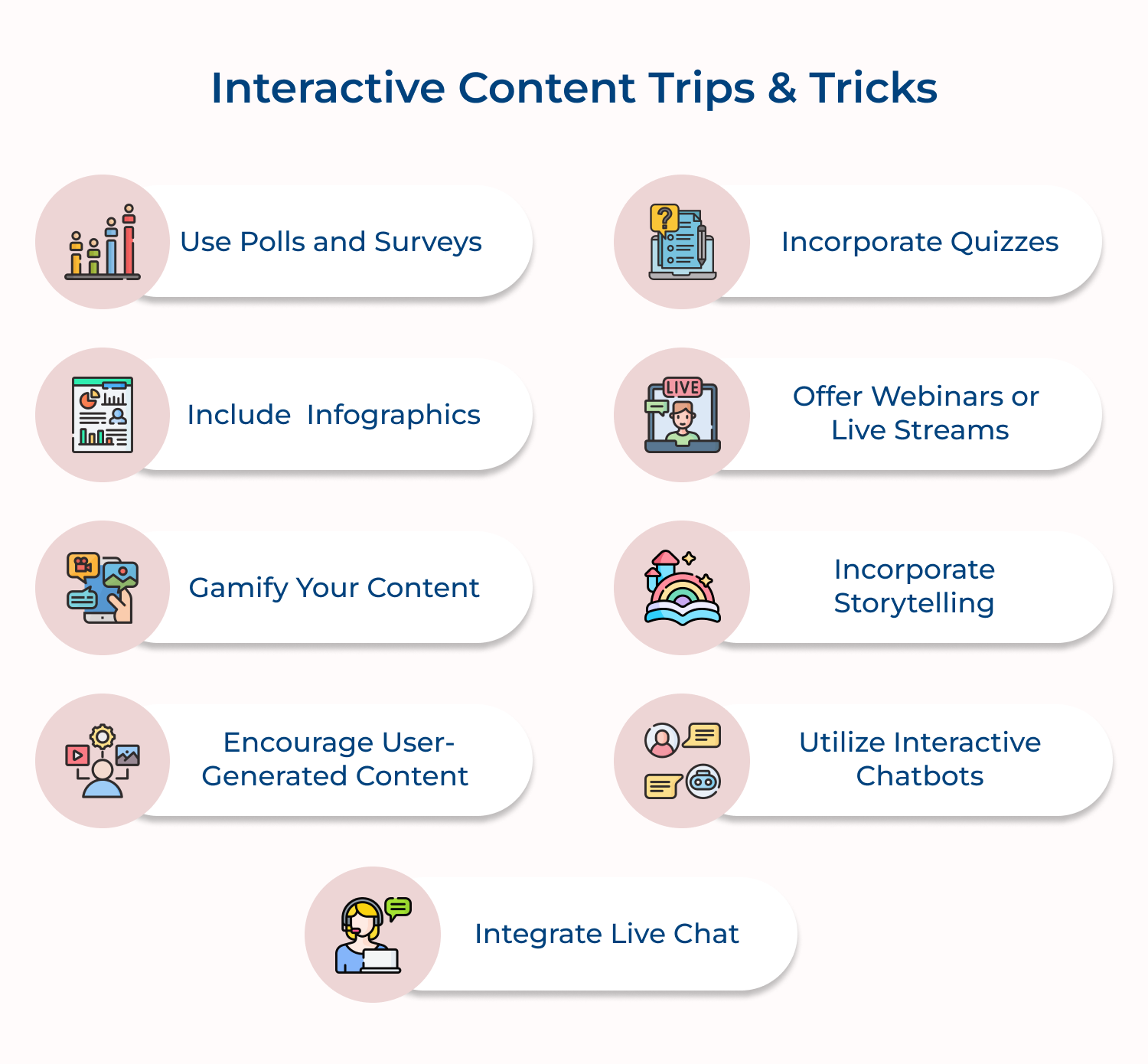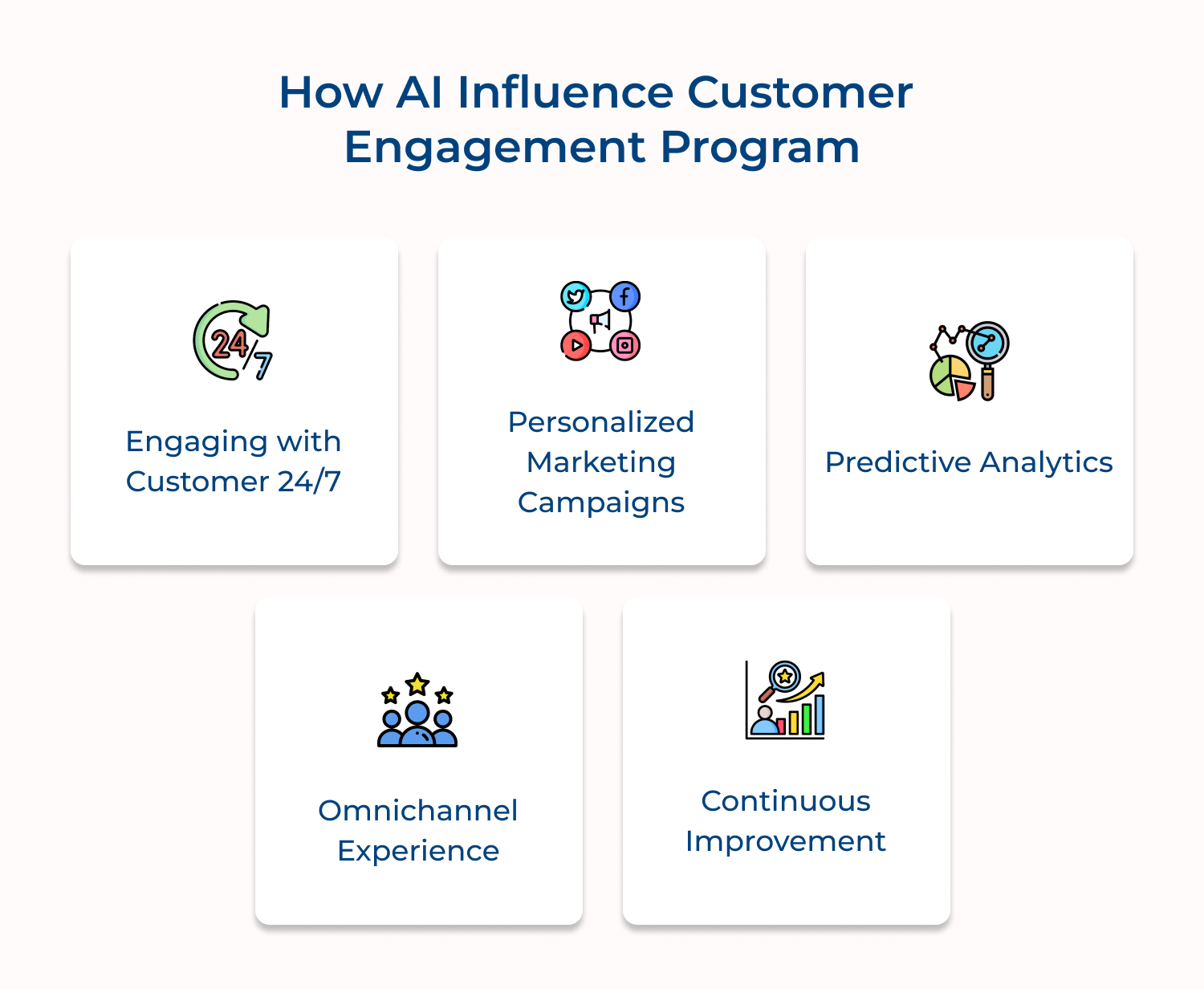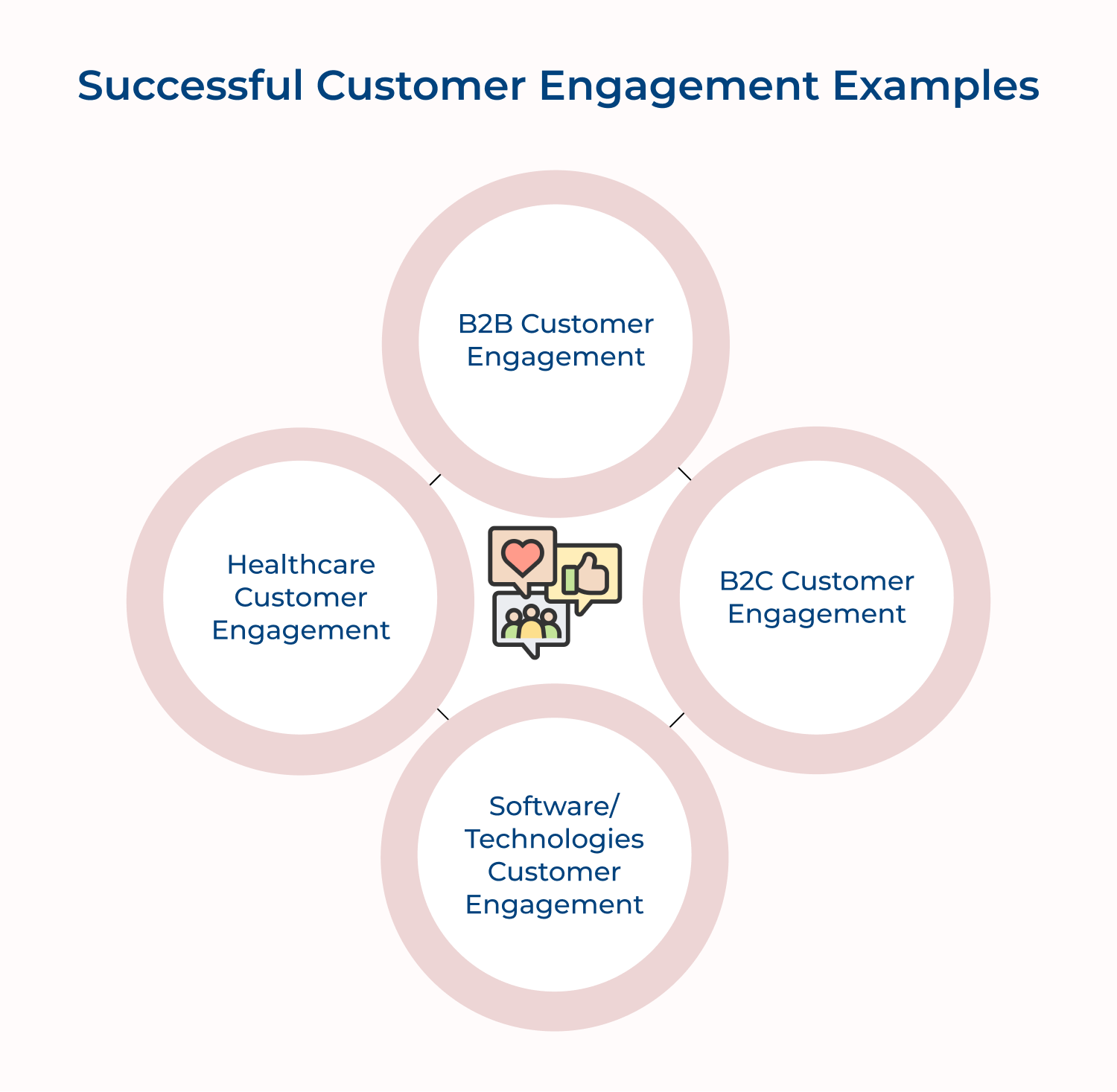1. Engaging with Customer 24/7
AI and automation-powered chatbots as well as virtual assistants have transformed customer service. These bots can handle a wide range of customer inquiries and issues, providing quick as well as accurate responses. They can offer 24/7 support, ensuring that customer’s needs are met even outside of business hours. Chatbots can also be integrated into messaging platforms and social media channels, allowing customers to engage with businesses through their preferred communication channels.
2. Personalized Marketing Campaigns
AI algorithms analyze vast quantities of customer data, including preferences, purchase history and browsing behavior, to create highly targeted marketing campaigns. By utilizing AI-driven insights, businesses can tailor their messages and offers to individual customers, increasing the chances of converting leads into sales. Automation tools can also schedule and deliver personalized emails, social media messages, push notifications, ensuring timely as well as relevant engagement with customers.
3. Predictive Analytics
AI and automation provide businesses with the ability to analyze massive amounts of data in real-time. By leveraging predictive analytics, companies can anticipate customer needs and behaviors, enabling them to offer proactive solutions as well as personalized recommendations. For example, AI algorithms can identify patterns and trends that indicate a customer is likely to churn, allowing businesses to take immediate action as well as prevent attrition. The predictive element enhances customer engagement by showing that the business understands and values its customer’s needs.
4. Omnichannel Experience
Integrating AI-powered chatbots and automation tools across various touchpoints, businesses provide consistent as well as personalized interactions regardless of the platform or device used by customers. Whether it’s a website, mobile app, social media platform, or voice assistant, AI and automation ensure that customers receive unified along with coherent experiences, strengthening their engagement with the brand.
5. Continuous Improvement
One of the significant advantages of AI and automation is their ability to learn as well as adapt over time. By analyzing customer interactions, feedback, and behavioral data, these technologies can continuously improve their performance while also refining their recommendations. The iterative approach allows businesses to enhance their customer engagement strategies based on real-time insights and feedback, ensuring that they stay ahead of evolving customer expectations.
Successful Customer Engagement Examples
Customer engagement is a crucial aspect of any business, regardless of its industry or size. We will explore successful customer engagement examples in various sectors.

